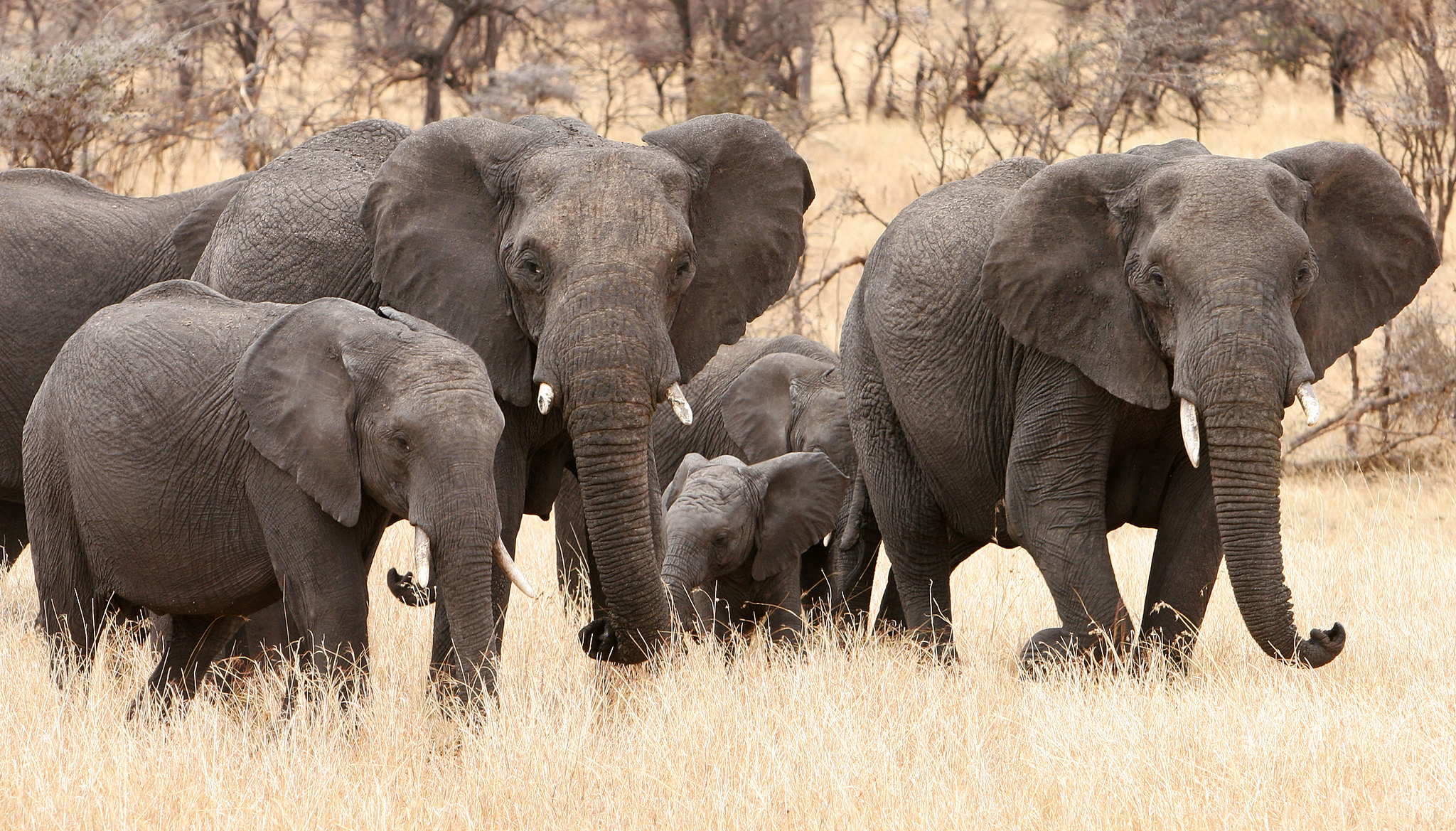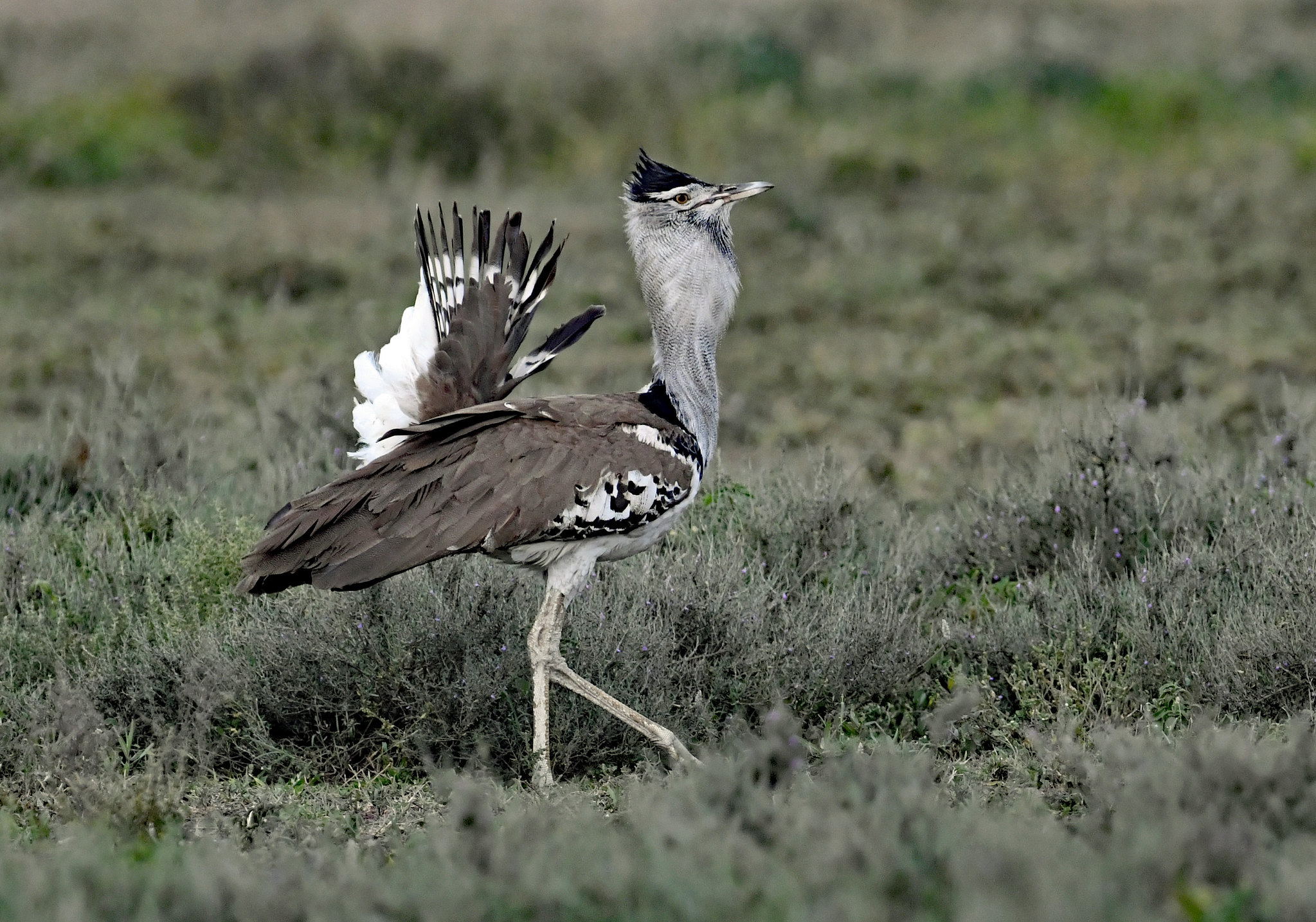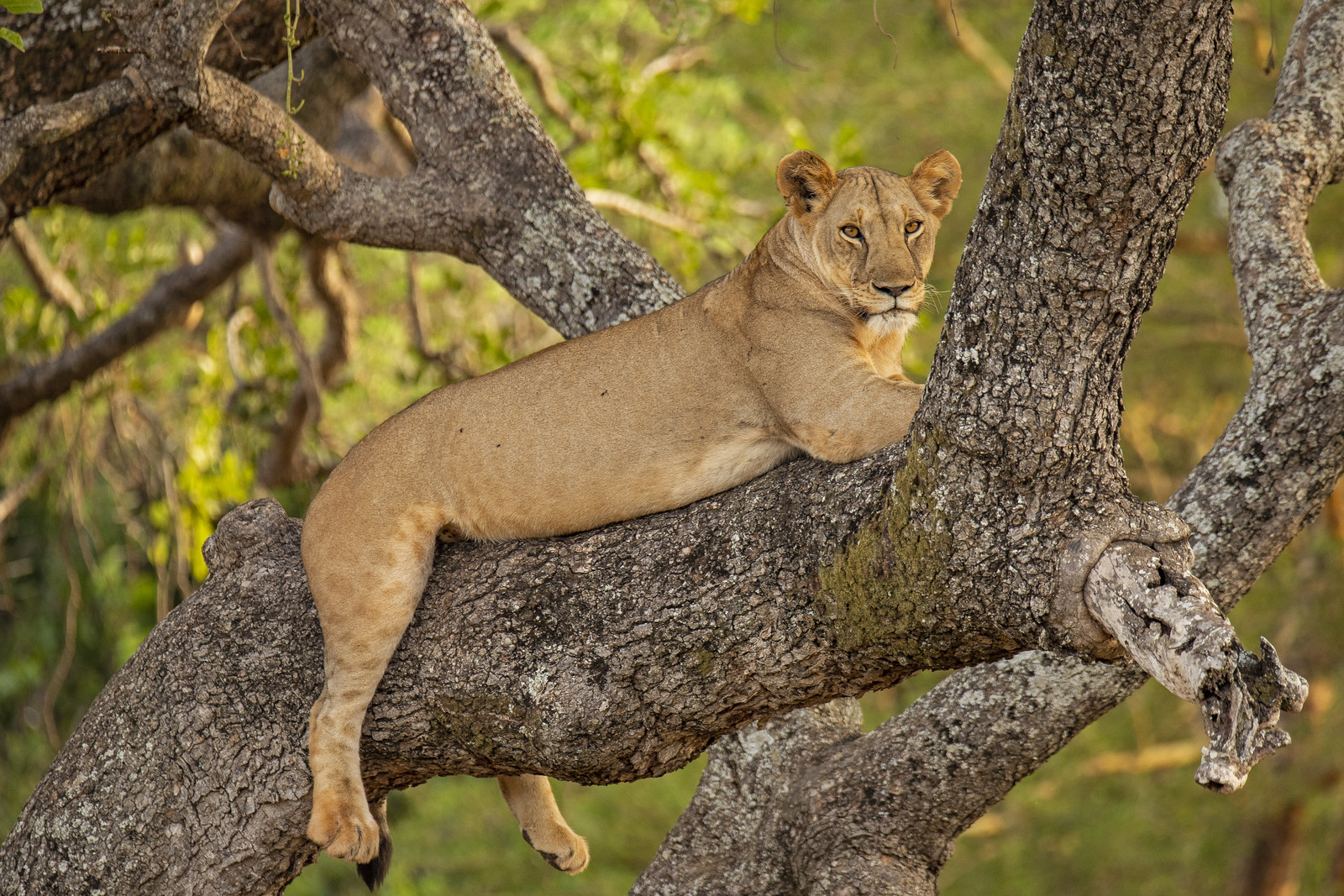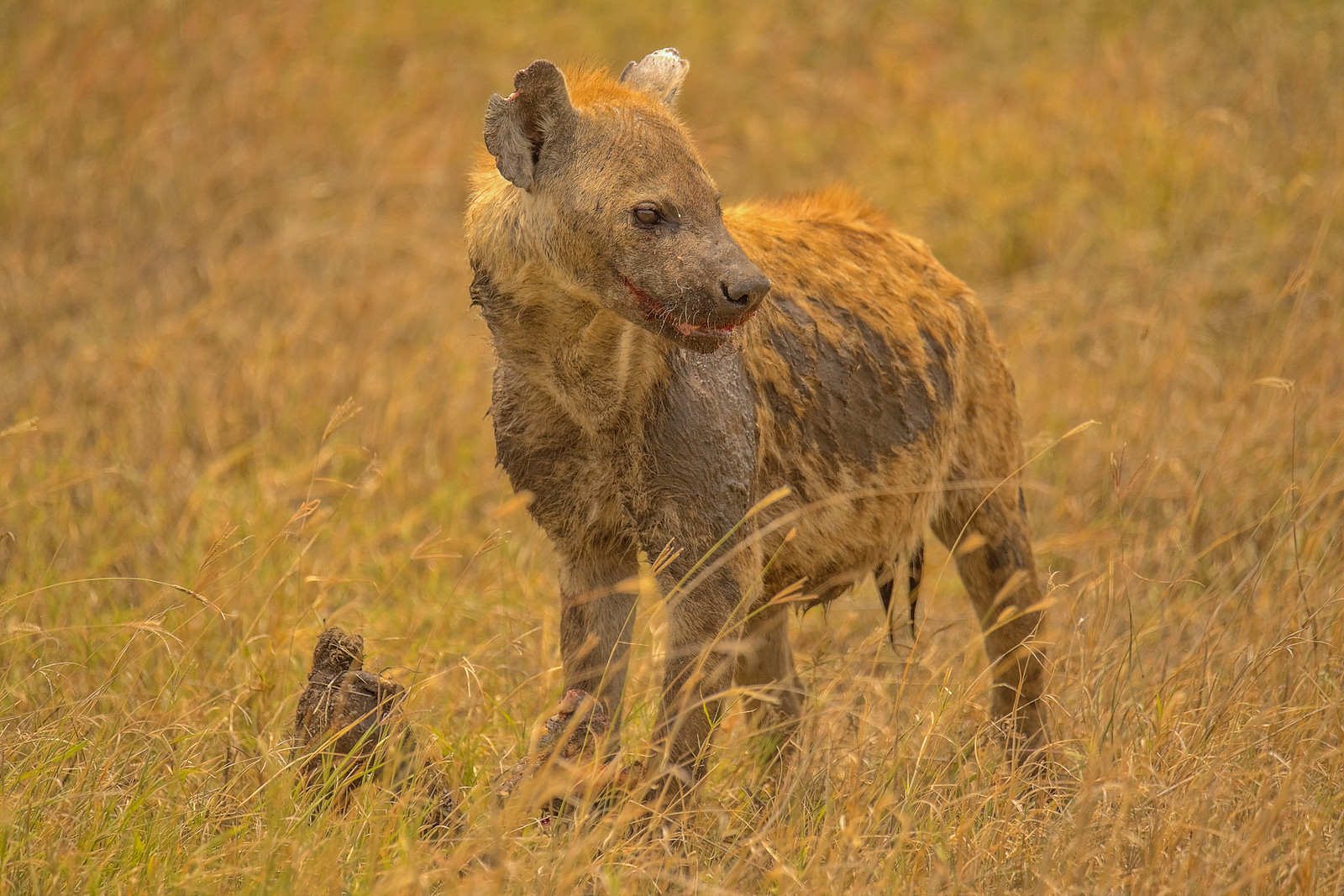Tanzania safari destinations: Tanzania is a known great safari destination in East Africa and has one of the world’s largest wildlife spectacle which makes it a top safari destinations in Africa. It offers fantastic safari tour exhibitions and a lifetime opportunity to see millions of animals move across the landscape is provided by the yearly wildebeest migration between Tanzania’s Serengeti National Park and Kenya’s Masai Mara National Reserve. But this nation in East Africa is not only that. The Swahili word safari means “journey.” Travelling to Tanzania allows you to see the highest peak in Africa, Mount Kilimanjaro, as well as pristine national parks that are home to the “Big Five” (elephant, lion, leopard, rhinoceros, and buffalo).
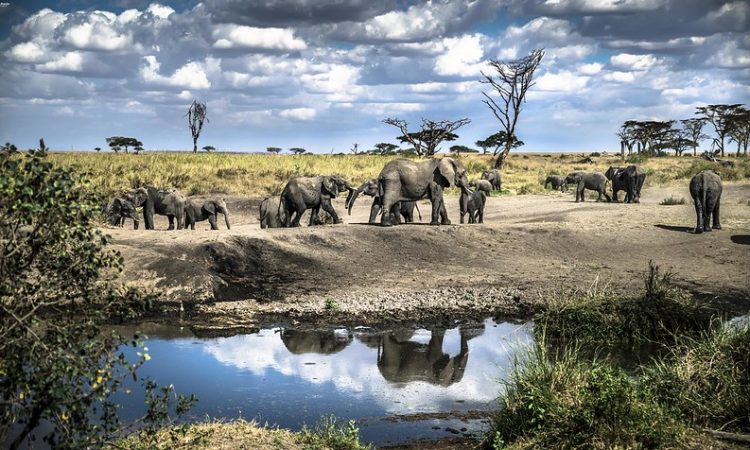
Mount Kilimanjaro
This is Tanzania safaris gem, Mount Kilimanjaro attracts many safari tour travellers who wish to climb the highest mountain in Africa. This walk draws more than 16,000 climbers annually because of its notoriety and, if altitude sickness is managed properly you will have a relatively straightforward ascent. Take the Northern Circuit detour to avoid the busiest paths and enjoy a rather peaceful climb.
Mount Meru
Located around 40 kilometres to the west of Mount Kilimanjaro, Mount Meru is a tidy triangular-shaped mountain that is often encircled by clouds. Situated in Arusha National Park, the mountain serves as a tranquil sanctuary for an array of fauna, such as giraffes, leopards, and hyenas that prowl around during the wee hours of the day. Climbing this dormant volcano, which rises to 15,000 feet, often takes three to four days. Climbing Kilimanjaro is a popular prelude for those who intend to ascend the mountain because it allows one to acclimatise to the altitude in advance. Treks start at Momella Gate in the park. The hiking guides frequently regale their clients with tales of their professional experiences seeing wild animals in the park during overnight stays in mountain huts along the way.
Serengeti National Park
This park is known as Siringet, which translates to “endless plains” in Maa language, according to the Maasai people who are associated with the park who have lived here for thousands of years. Indeed, anyone travelling to the Serengeti National park will witness vast, lush, acacia-tree-studded plains that stretch for miles in all directions. These plains are home to a complex ecosystem that supports some of Africa’s greatest diversity of plant and animal life, including 35 different kinds of mammals and 450 different species of birds making it a great birding safari destination in Tanzania. Every year, from May to September, more than two million wildebeest, antelope, and zebra travel from the park’s southern Ndutu region to Kenya’s Maasai Mara National Reserve. This is the planet’s largest terrestrial migration.
Tarangire National Park
Tarangire National Park is three hours’ drive from Arusha town. A sizable population of elephants are the top safari tour attractions in Tarangire in the southern part of the conservation area, and they travel inland to Lake Manyara which are both under the rain shadow of Mount Ngorongoro. An intriguing aspect of Tanzania’s natural character is illustrated by this pattern: the country contains natural corridors that permit elephants and other animals to travel freely between parks. The park’s enormous baobab trees, which may be hundreds or even thousands of years old, are another noteworthy feature. The branches of these recognisable, magnificent trees are greatly utilised by baboons, leopards, and other animals who reside in the park.
Nyerere National Park
This National Park was previously known as Selous Game National park can be reached by driving for five hours from Dar es Salaam to Africa’s largest reserve, Nyerere National Park. (Up until the final uneven section, the road is smooth; a 4WD vehicle is required.) Almost 31,000 square kilometres (11,970 square miles) are home to vast herds of wildlife, including the Big Five and other antelope that are uncommon in other parks across the continent. Keep an eye out for sable, Lichtenstein’s hartebeest, brindled gnu, and roan antelope.
The endangered African wild dogs, whose frantic pace during hunting makes for an exciting game drive, are also found in the largest concentration in the world in Nyerere. An avid observer can also lose hours looking for birds in the forest and surrounding areas. The park is a photographer’s paradise with its lush landscapes and the gorgeous Rufiji River flowing into oxbow lakes. Keep in mind that the majority of guests opt to take a one-hour charter flight to one of the park’s several airstrips—an additional chance to shoot unique pictures.
Lake Manyara National Park
Lake Manyara National Park is small—just 650 Square kilometres or 251 Square miles—but it leaves an impression. A peculiar sight in this park is that of tree-climbing lions, among the buffalo, hippo, cheetah, and giraffe. About 400 kinds of birds can be seen by seasoned birdwatchers, including pelicans and forest hornbills. Thousands of lesser flamingos search the pink waters of the very alkaline Lake Natron for food.
Ruaha National Park
Ruaha, the largest national park in Tanzania under state administration, is home to the Great Ruaha River, towering baobab trees, and one of the largest concentrations of elephants in any park in Africa. There aren’t many lodges there, and not many visitors. It offers a genuine realistic Kenya safari experience and is wilder than the Selous Game Reserve, which is its neighbouring neighbour. Walking safaris and night driving are often prohibited because of the abundance of elephants in this area. But the wonderfully opulent Jongomero Camp, which is also genuinely integrated into the natural surroundings, is tucked away on the Jongomero River in the isolated southern section of the park. Its guides are the best in the camp, which may be the best in all of Tanzania.
Gombe Stream National park
Gombe Stream National Park, made famous by Jane Goodall’s behavioural studies of the local chimpanzees, is located just shy of the shores of Lake Tanganyika. Her investigations are believed to be the longest ever conducted on a single community of wild animals, spanning four decades. Along with chimpanzees, other wildlife found in the compact (22 square kilometres/13.5 square mile) grasslands, forests, and dense rainforest of Gombe includes red colobus, blue monkeys, olive baboons, and red-tailed monkeys.
Stone Town
Stone Town, also known as Zanzibar Town, was a bustling trading hub for firearms, textiles, minerals, and spices for more than a millennium, attracting traders from Europe, Persia, and China. Numerous mosques and the Islamic attire of the residents attest to the influence of Islam on the island. Today, this heritage is sensed in the atmospherically small cobblestone alleyways teeming with buildings designed in the Arab style. Along with being a key hub for the slave trade, Stone Town was home to a sizable and notoriously violent market. The trade in slaves, both male and female, was arguably among the most active in the world prior to its closure in 1873.
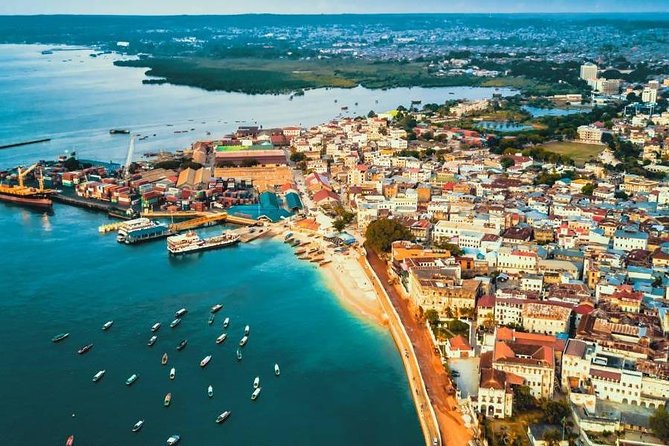
Tanzania safari destinations : Kitulo National Park
This national park, known to the locals as Bustani ya Mungu, or “the Garden of God,” is a botanist’s paradise, teeming with vibrant orchids, lobelias, and lilies that flourish in the rich volcanic soil. In addition to being a birdwatcher’s dream come true, this virtual Serengeti of flowers is home to numerous rare species that flutter and soar throughout the expansive, lush meadows. From Mbeya, the plateau is reachable via 4×4. Hike along the breathtakingly gorgeous undulating plains on one of the designated hiking trails, or take on a hill climb beneath the towering peaks of the Kipengere, Poroto, and Livingstone ranges. October to April, during the blossoming season, is the ideal time to come.
Tanzania safari destinations : Lake Tanganyika
The biggest freshwater lake in Tanzania, Lake Tanganyika is also the second-deepest lake in the world. It serves as the foundation for a sizable local fishing sector that stretches over Tanzania, Zambia, Burundi, and the Democratic Republic of the Congo. When travelling across its seas aboard a dhow, you can anticipate an incredibly surreal experience as the sun sets and gentle breezes whisk you along. You can go diving or visit the fish market at the lakeside village of Kigoma; we suggest staying at the Lake Tanganyika Hotel, which is located directly on the coast. If you would want to be encircled by the large lake, Lupita Island offers opulent lodging in addition to activities like swimming, snorkelling, kayaking, hiking, and fishing.
Tanzania safari destinations : Mafia Island
The reason so many tourists fail to visit Mafia Island, which is located north of Zanzibar, is likely because it is not formally recognised as part of the nation. Due to the low volume of tourists, those who do go refer to it as Tanzania’s best-kept secret. With more fascinating water, bluer skies, and pure white dunes than Zanzibar, it may even be more magical than Zanzibar. A whale shark, the largest fish in the world, can be seen lumbering through the waters off Utende, Juani, Kitoni, or Bweni Beaches. Hippos can also be seen lounging around at Ndagoni Beach.
Tanzania safari destinations : Ngorongoro conservation Area
The UNESCO-designated Ngorongoro Conservation Area is located right next to the Serengeti National Park and is considered a true natural gem due to its significance and beauty. Mammals are concentrated in this enormous crater, which was formed millions of years ago by a sequence of volcanic eruptions. (The Serengeti plains were formed by the resulting ash.) During a single Land Rover ride over the crater, up to 30,000 animals of various species are frequently seen. Swamps are home to large tuskers, lions, hyenas, and cape buffalo.
Tanzania safari destinations : Lushoto
Lushoto is a tiny town with a royal past that is encircled by the breathtaking Usambara Mountains to the northeast. King Mbega established the Wasambaa people’s regal realm here in the past. Here, their dynastic ancestors continue to linger, providing community excursions, pauses in royal villages, mountain treks, and trips to the cascading Kisasa waterfalls.
Jiwe la Mungu, also called God’s Stone, is a few hours’ drive from Lushoto and provides breathtaking views of the verdant valleys that seem to curl into one another like they are concealing secrets. Although buses and aircraft pass through Tanga, where you can locate a taxi or private transfer to continue, there are no direct flights to the town.

